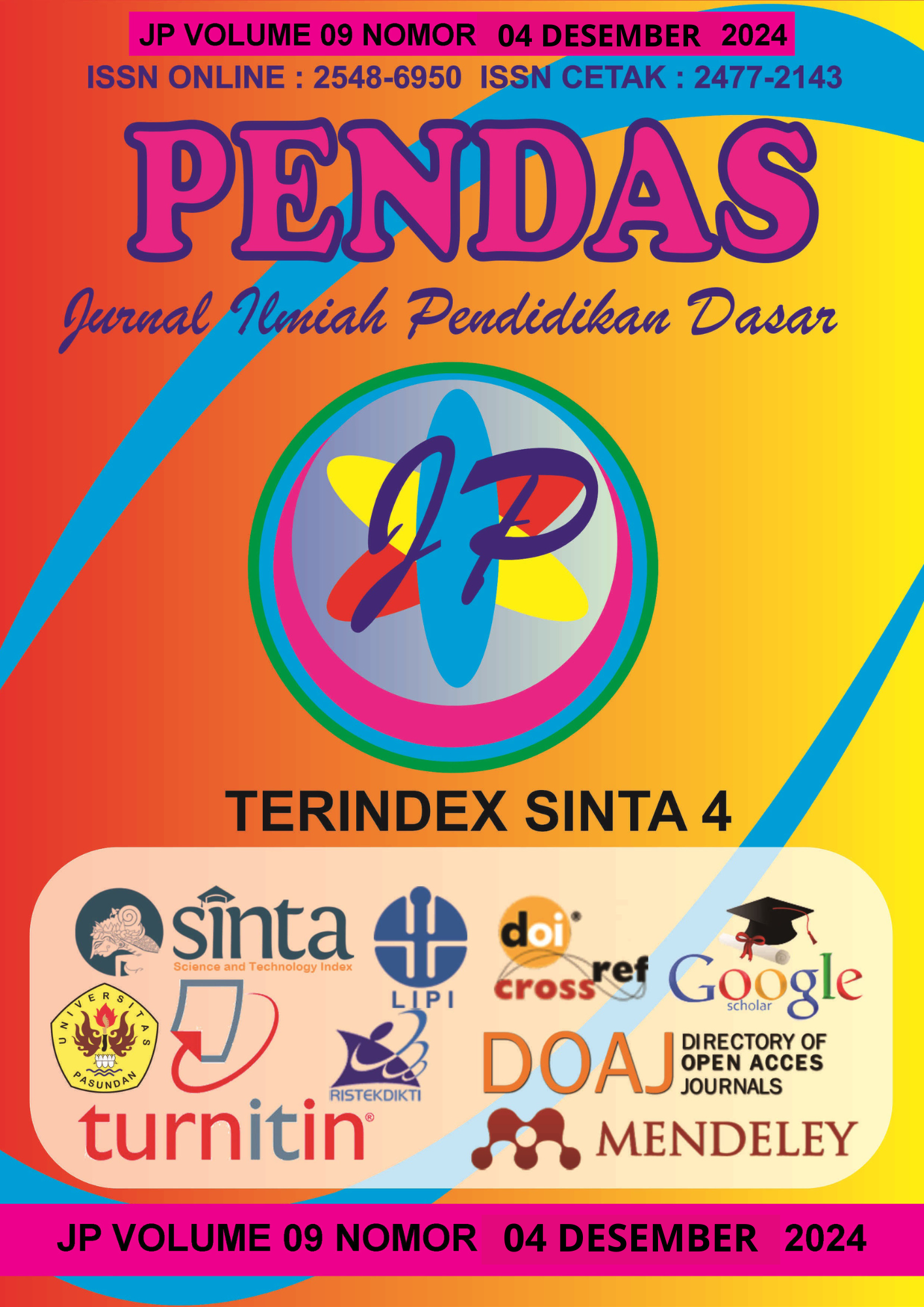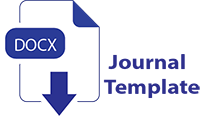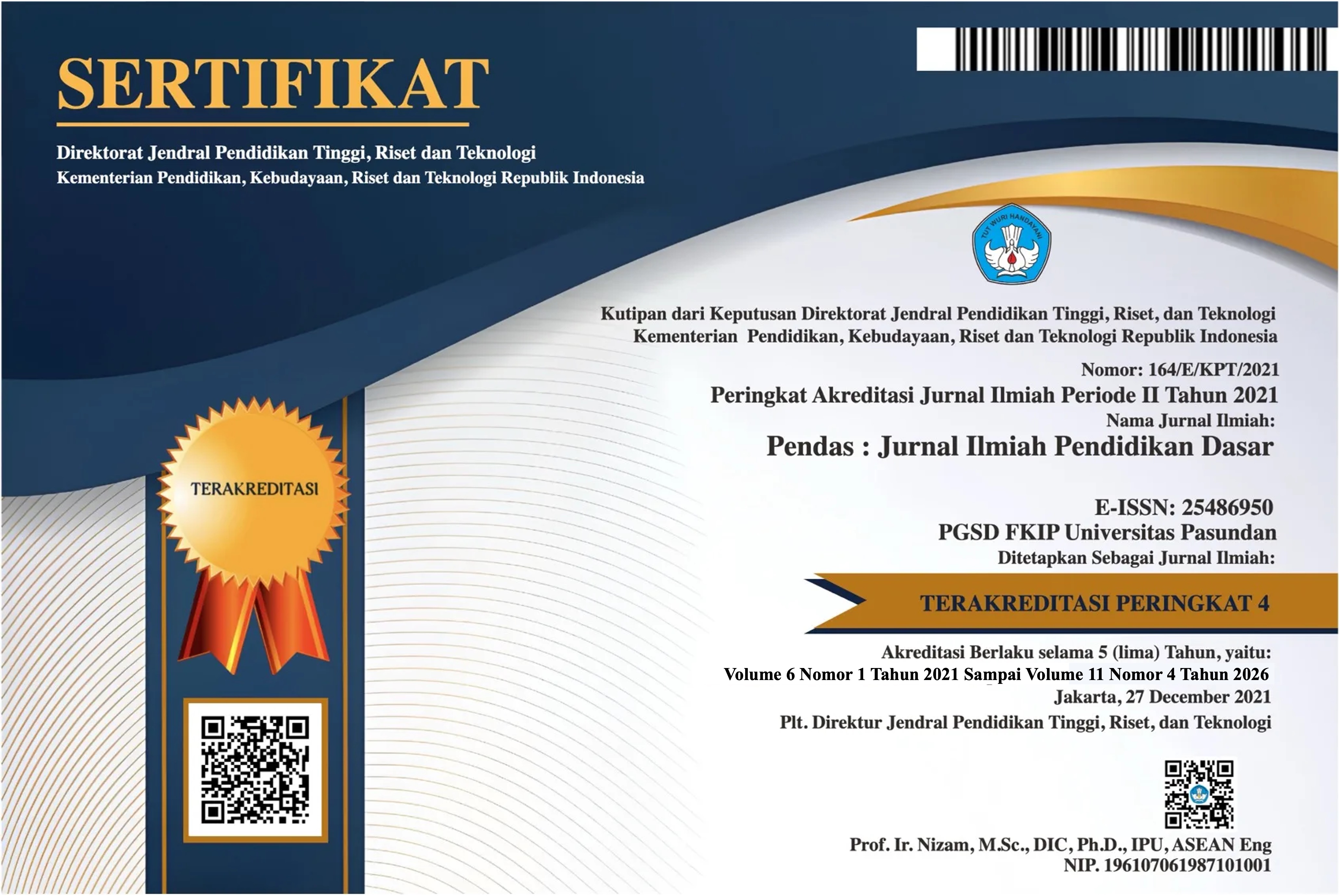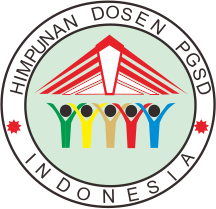PENGEMBANGAN BUDAYA LITERASI DIGITAL MEDIA PEMBELAJARAN MENGGUNAKAN APLIKASI CANVA DISEKOLAH DASAR PADA KURIKULUM MERDEKA BELAJAR
DOI:
https://doi.org/10.23969/jp.v9i04.21702Keywords:
Canva App, Independent Curriculum, Digital LiteracyAbstract
Learning in the 21st century is full of creativity. relevant to the opinion of
rahmawati, farida., & atmojo (2021) that 21st century learning is based on
information and communication technology and is constructionist. with that,
teachers are required to develop interesting and student-centered learning. in this
era, teachers act as facilitators. Literacy is defined as the ability to read and write
characters while media means an intermediary that can take the form of objects,
people or events. so it can be concluded that media literacy is the ability to search,
study, and utilize various forms of media. This research uses library research,
namely looking for research sources by collecting from several literatures sourced
from journals, books and other sources. Digital literacy is a person's ability or skill
to process, analyze, and evaluate technology-based media. With the current
condition of literacy, Indonesia's literacy level is still low due to a lack of
understanding of the correct basic literacy concepts or it could also be because
the implementation of literacy implementation is less supportive and sustainable.
With a low reading culture, Canva can be used as a tool or media that can attract
literacy culture with attractive designs. The media engaged in the field of digital
literacy culture is canva. The use of canva application media can develop a
literacy culture digital elementary school students so that it can have a positive
impact, students are more interested and enthusiastic about participating in
learning activities, making it easier for students to get information, expressing
student creativity so that they can develop knowledge and creativity.
Downloads
References
Arief S. Sadiman, dkk (2006) Media
Pendidikan: Pengertian,
Pengembangan, dan
Pemanfaatannya. Edisi
Pertama. Jakarta: PT Raja
Grafindo Persada.
Depdiknas (2003). Media
Pembelajaran. Jakarta :
Depdiknas.
Destiana. “Pengaruh Teknologi
Informasi Berbasis Android
(SMARTPHONE) Dalam
Pendidikan Industri.” Prosiding
Seminar Nasional Pendidikan
Program Pasca Sarjana
Universitas PGRI Palembang,
2019, 190–97.
Diat Prasojo Latif dan Riyanto,
(2011), Teknologi Ionformasi
Pendidikan, Yogyakarta,
Penerbit Gava Media.
Djamarah, Syaiful Bahri dan Aswan
Zain, 2002, Strategi Belajar
Mengajar, Cetakan Kedua,
Jakarta: Rineka Cipta
Dr. Yuberti, M.Pd2. “Peran Teknologi
Pendidikan Dalam Perspektif
Islam.” Jurnal Pemikiran Islam
STAIN Jurai Siwo Metro
Lampung ISSN 3, no. 7
(2015): 59–78. Dwijayani, N.
M. “Development of Circle
Learning Media to Improve
Student Learning Outcomes.”
Journal of Physics:
Conference Series 1321, no. 2
(2019): 171–87.
6596/1321/2/022099.
Fadilah, Nala Nafilata, and Punaji
Setyosari. “MOTIVASI
BELAJAR MAHASISWA
TEKNOLOGI” 4, no. 1 (2021):
90–97.
8v4i12021p090. Hasibuan,
Nasruddin. “Pengembangan
Pendidikan Islam Dengan
Implikasi Teknologi
Pendidikan.” FITRAH:Jurnal
Kajian Ilmu-Ilmu Keislaman 1,
no. 2 (2016): 189.
Downloads
Published
Issue
Section
License
Copyright (c) 2025 Pendas : Jurnal Ilmiah Pendidikan Dasar

This work is licensed under a Creative Commons Attribution 4.0 International License.



















